The majesty of sunsets and sunrises is amazing. The palette of reds, oranges, and yellows are both short-lived and beautiful. If you look on Instagram, the number of pictures assigned to the sunset hashtag alone sits at about 187 million as of this publishing date. However, many sunset pictures can start to get a "same-y" look. While most objects are geographically locked in or are otherwise elusive to most of the world's population, sunsets are not. Everyone around the world sees a roughly similar sunset (excluding the areas around our planets poles and other unusual cases) which eliminates the novelty of a straight on sunset photo. This puts the challenge on you to use the sunset as an interesting backdrop, rather than as a primary focus.
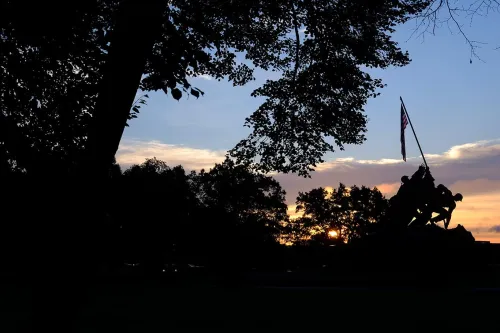
Interesting things happen right around the point of sunset, the lighting essentially goes wild, drastically changing its color and angle. This gives us the "golden hour" before sunset, and the "blue hour" right after sunset. The length of both of these periods largely depend on the time of year and your location on the globe, but as a rule of thumb they give a loose, if overstated, indication as to how long you will have to take advantage of the light sunset gives you. While you can certainly take pictures at all times of day, there are great advantages to taking photos while sun is most near the horizon.
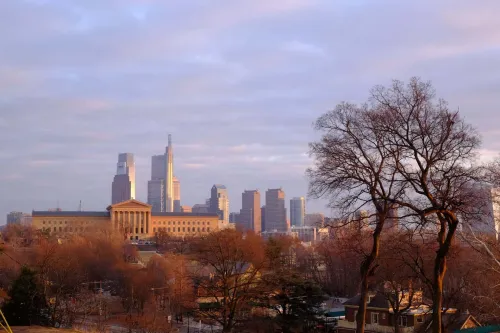
You can certainly take photos of the sun as it can comes down or up in the sky (I'm a blog, not a cop). But by pointing your camera right at the sun, sky, flat horizon, and little else you miss out on a whole bunch of interesting visual events happening around you.
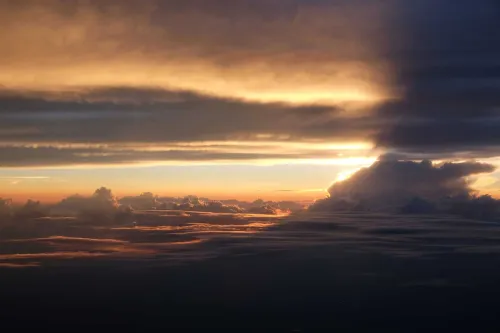
During most of the day, the sun is overhead and strong. You're not taking pictures of people, instead you're taking pictures of people squinting. The light can be described as 'harsh’ and that can be attributed to many factors:
- The light is very warm and more blue than the cooler light temperature during the golden hour which brings tones of red, yellow, and orange (not to be confused with the descriptive use of the word 'warm', color temperature color is like the temperature of metal).
- The light is very direct and casts clearly defined shadows.
- The light comes from overhead, rather than an angle off to the side.
None of these points preclude you from taking photographs during the day, but the points do accentuate how much easier it is to get more interesting photography near sunset.

Golden Hour - the first hour after the occurrence of a traumatic injury, considered the most critical for successful emergency treatment.
- Google Dictionary
Let's try that one more time...
Golden Hour (Photography) - In photography, the golden hour is the period of daytime shortly after sunrise or before sunset, during which daylight is redder and softer than when the Sun is higher in the sky.
- Wikipedia
The golden hour is the time before sunset as the day comes to a close. The hour is an approximation as the golden hour starts as the sun is within 10-12 degrees from the horizon. The light itself changes quality as it goes lower in the sky. The warmer parts of the spectrum are scattered leaving the cooler, redder lights to be dominant. Aside from casting a redder tones, the light is better filling in the photographic subject. This is fantastic for portraiture, landscapes, architecture, and of course many other applications. You still have enough sun to see distinct features, but unlike the overhead light, resolution of those details is less dependent upon the quality of the shadows cast. As the sun goes lower in the sky, the light is less 'top-down' and instead illuminates the sides and undersides of objects, such as in the photograph directly below: I was shooting up, relying on the sidelight to illuminate the cherry blossoms while I exposed for the moon. I received an extra benefit of the cooler light which drew out the reds and pinks of the cherry blossoms.
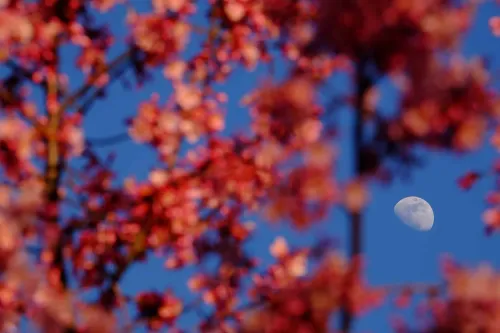
Blue Hour - The blue hour (from French l'heure bleue) is the period of twilight in the morning or evening, during the civil and nautical stages, when the Sun is at a significant depth below the horizon and residual, indirect sunlight takes on a predominantly blue shade.
- Wikipedia
The Blue Hour is an underrated time of day for photography. When the skies are clear, you have a beautiful gradient running up from the horizon. Further, the light that is left has a blue cast and is often punctuated by buildings lighting up, which can lead to some particularly beautiful city shots. If you want to take advantage of this time of day, I highly recommend you use a tripod (or anything stable you can rest your camera on) so you can lower your shutter speed to let you use a low ISO to capture the colors as best as possible. Buildings begin to light up at this time, and you have a moment in time where you can capture a twinkling landscape with a brilliant clear sky in the background.
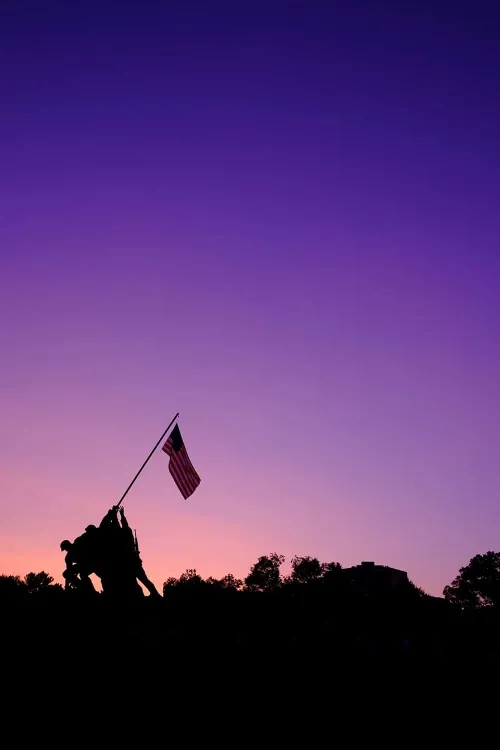
So get out there and take photos of things besides the sun setting over the ocean.
Try the sun setting over a forest, but maybe filter the sun through the trees. Try your group shots at sunset with the sun to either side of the group, you'll pick up great colors, and some great lighting, and a better exposure to boot.
Try taking photos after the sun has set, you may have to use a tripod or anything you can rest your camera upon, but you may be surprised with the results.
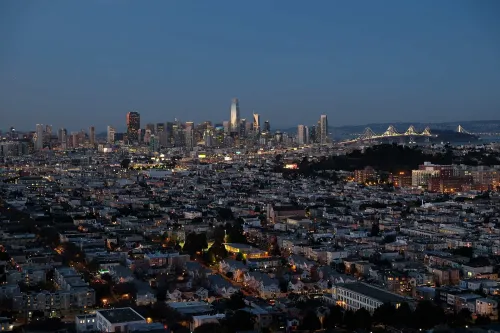
Read More:
Blue hour. (2018, August 28). Retrieved from https://en.wikipedia.org/wiki/Blue_hour
Color Temperature. (2012, May 03). Retrieved from https://www.lightingdesignlab.com/resources/articles/articles-lighting-fundamentals/color-temperature
Golden hour (photography). (2018, August 22). Retrieved from https://en.wikipedia.org/wiki/Golden_hour_(photography)
US Department of Commerce, NOAA, National Weather Service. (2017, October 02). The Color of Clouds. https://www.weather.gov/jetstream/color
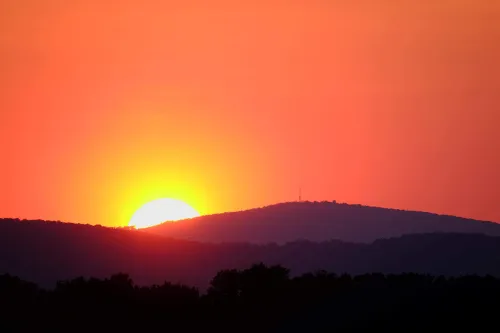
Comments